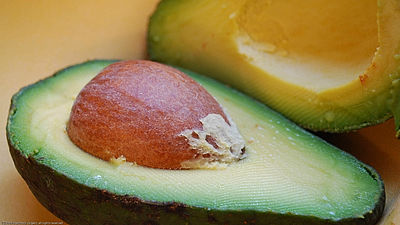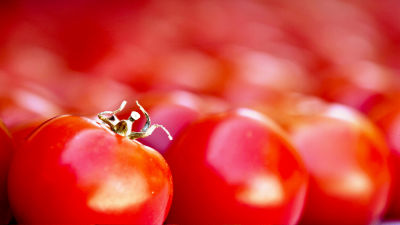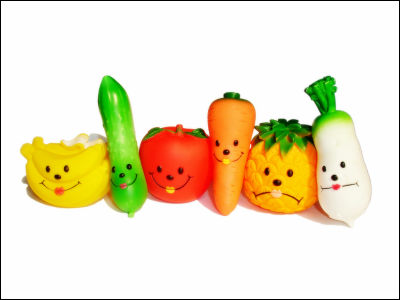Why do avocados turn brown so quickly? Is it okay to eat them as is? What are some tips for storing them?

Why do avocados turn brown so quickly — and are they OK to eat at that point? | Live Science
https://www.livescience.com/chemistry/why-do-avocados-turn-brown-so-quickly-and-are-they-ok-to-eat-at-that-point
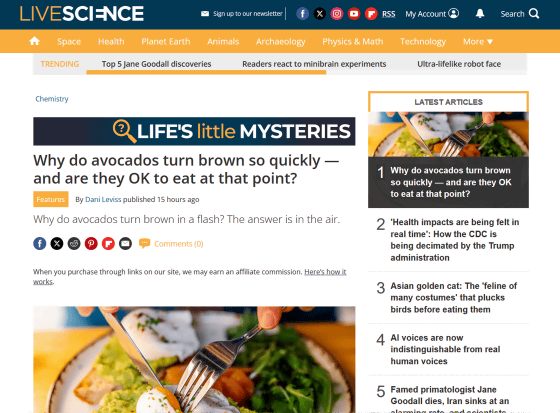
◆Why does avocado discolor when cut?
The reason why avocados quickly turn brown when cut is due to an enzyme called ' polyphenol oxidase (PRO) ' contained in avocados. PRO acts as a catalyst, causing avocado's phenolic compounds , a group of small molecules with antioxidant and aromatic properties, to react with oxygen. When an avocado is cut, the phenolic compounds are oxidized on the cut surface, producing the pigment compound melanin , which causes the avocado's cut surface to turn brown.
This discoloration caused by a series of oxidation processes is also called browning , and it involves the breakdown of fruit components. Avocados, known as 'forest butter,' are rich in fat, which gives them a creamy taste, but when phenolic compounds react with them during browning, the fat becomes bitter, changing the flavor. However, if the surface is only slightly brown, there's no need to throw the avocado away.
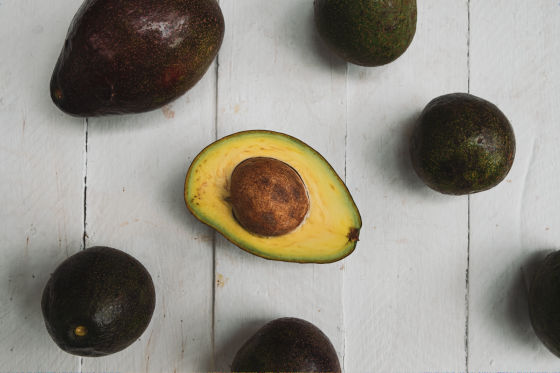
◆Can you eat discolored avocados?
'Only the exposed flesh of an avocado turns brown, so you can remove that thin layer and enjoy the green stuff underneath,' says Sarah Althing, R.D., dietitian and owner of the recipe site
You can also mask the bitterness by mashing the avocado, including the brown parts, and making guacamole or other dishes. However, Matthew Fatino, a subtropical crops advisor at the University of California Cooperative Extension, points out that 'leaving the avocado for too long, such as a few days, can cause it to taste sour,' so it's best to eat any discolored avocados as soon as possible.
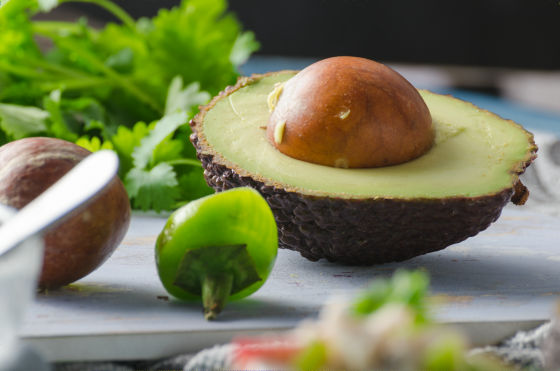
How to keep avocados fresh for longer?
Many people have heard the advice to 'leave the pit in if you're leaving an avocado half open' as a way to slow down the browning of an avocado. This is because the surface of the cells covered by the pit is not exposed to oxygen and does not react with phenolic compounds, so the avocado remains green. On the other hand, if you mash the avocado, the surface area exposed to oxygen increases, which speeds up the browning process. However, even if you have removed the pit from an avocado or cooked guacamole, you can reduce its exposure to oxygen by wrapping it in plastic wrap or storing it in an airtight container, which will slow down the browning process.
Another way to keep avocados fresh is to increase their acidity by adding acidic ingredients or seasonings. For example, adding lemon or lime juice to cut avocados or guacamole will increase the acidity and slow down oxidation.
Other facts about avocados
Not only will your avocado turn brown, but it may also have brown streaks even before you cut it. 'The fibrous parts of the avocado are called
Generally, avocados that have vascular bundles are those that have been left on the tree even after ripening. In avocados that remain on the tree for a long time, the seed begins to germinate, and it needs nutrients through the vascular bundles to grow, which results in the development of vascular bundles.
Environmental stress can also affect avocado shelf life. Native to Mexico and Central America, avocados are sensitive to frost and extreme heat, and even a drop in temperature of just a few degrees can damage the buds and the tree, negatively impacting the following year's harvest. Furthermore, excessively high temperatures can cause the fruit to fall from the tree, allowing oxygen to enter through the cracks created by the fall, potentially speeding up oxidation.
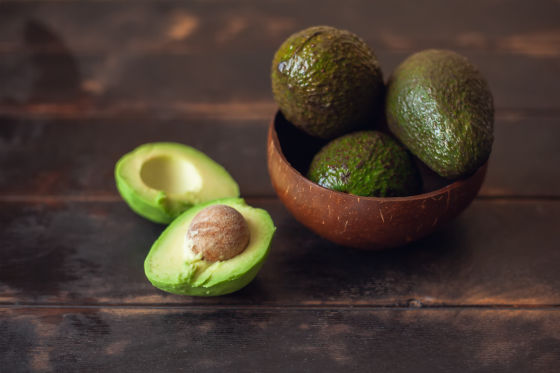
Finally, Live Science advises, 'Whether you're mashing your avocado for guacamole, putting slices on toast, or just eating it with a spoon, don't worry about it turning a little brown. Enjoy the delicious flesh, keep the remaining avocado away from air, and squeeze a little citrus juice out of it.'
Related Posts:
in Free Member, Science, Food, Posted by log1h_ik
